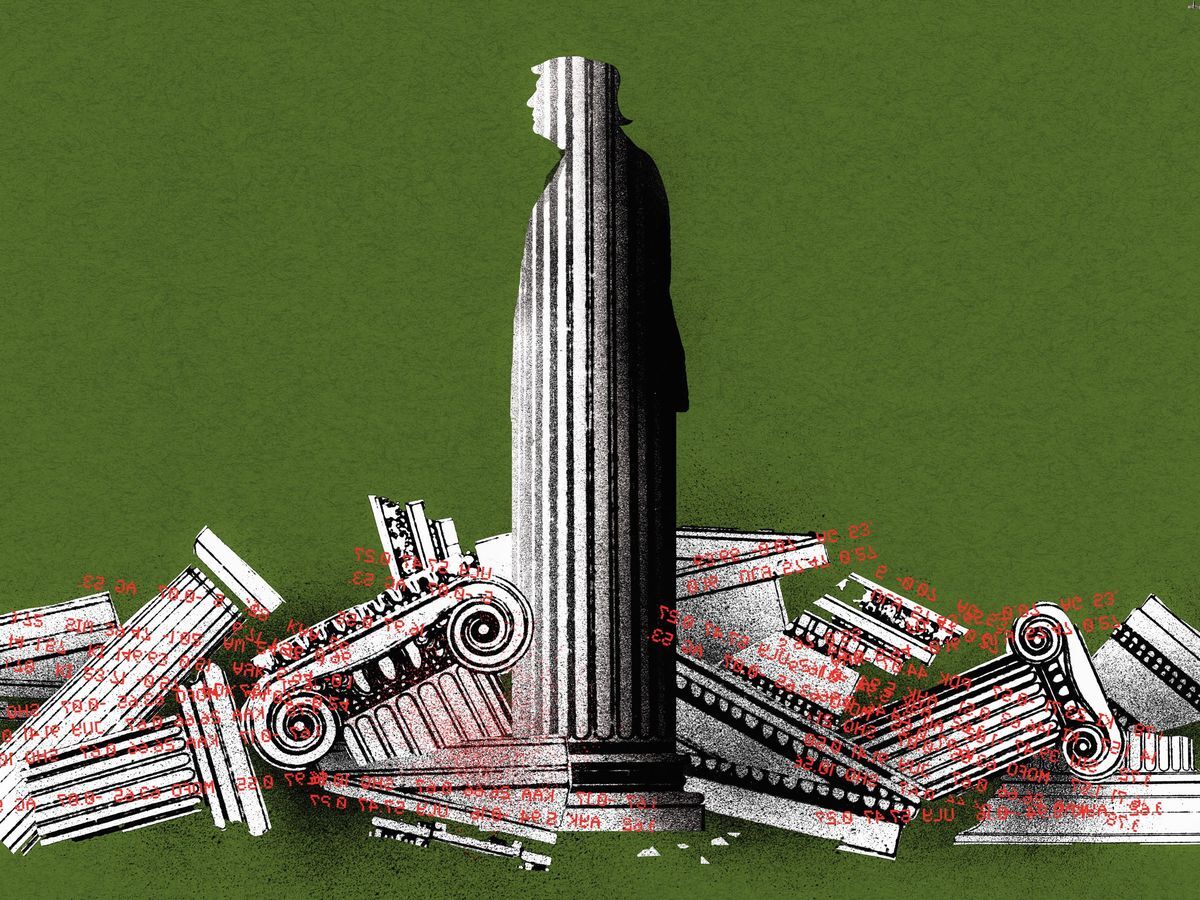
What caused the 2008 financial crisis? The 2008 financial crisis, also known as the Great Recession, was triggered by a combination of factors. Excessive risk-taking by banks, fueled by the housing bubble, played a major role. Banks issued subprime mortgages to borrowers with poor credit, leading to a surge in defaults. These risky loans were bundled into mortgage-backed securities, spreading the risk across the financial system. When home prices plummeted, the value of these securities collapsed, causing massive losses. Lehman Brothers' bankruptcy in September 2008 marked a critical point, shaking global markets. Government bailouts and interventions were necessary to stabilize the economy. Understanding these causes helps us learn from past mistakes.
Key Takeaways:
- The 2008 Financial Crisis was caused by risky mortgages and financial instruments, leading to a global recession, stock market crash, and long-term consequences like increased regulation and economic inequality.
- The crisis taught important lessons about the need for effective regulation, awareness of systemic risks, transparency, crisis preparedness, and global cooperation to prevent future financial disasters.
What Sparked the 2008 Financial Crisis?
The 2008 financial crisis was a global event that reshaped economies and lives. Understanding its origins helps grasp its impact.
- Subprime Mortgages: Banks issued risky loans to borrowers with poor credit histories, leading to widespread defaults.
- Housing Bubble: Home prices soared due to high demand and easy credit, creating an unsustainable bubble.
- Mortgage-Backed Securities (MBS): Banks bundled mortgages into securities sold to investors, spreading risk across the financial system.
- Credit Default Swaps (CDS): Financial institutions used these insurance-like contracts to hedge against defaults, but they also increased systemic risk.
- Lehman Brothers Collapse: The bankruptcy of this major investment bank in September 2008 marked a turning point in the crisis.
Key Players in the Crisis
Several institutions and individuals played pivotal roles during the financial meltdown.
- Federal Reserve: The U.S. central bank, led by Ben Bernanke, took measures to stabilize the economy.
- Treasury Department: Henry Paulson, the Treasury Secretary, spearheaded efforts to bail out failing institutions.
- AIG: The insurance giant required a massive government bailout due to its exposure to CDS.
- Fannie Mae and Freddie Mac: These government-sponsored enterprises were placed under federal conservatorship.
- Goldman Sachs: This investment bank navigated the crisis by securing government support and raising capital.
Government Interventions
Governments worldwide took drastic steps to prevent a complete economic collapse.
- TARP: The Troubled Asset Relief Program provided $700 billion to stabilize banks.
- Federal Reserve's Emergency Lending: The Fed extended credit to banks and other institutions to maintain liquidity.
- Quantitative Easing: Central banks purchased financial assets to inject money into the economy.
- Stimulus Packages: Governments implemented fiscal stimulus measures to boost economic activity.
- Bank Nationalizations: Some countries, like the UK, partially nationalized banks to prevent their failure.
Impact on the Global Economy
The crisis had far-reaching effects on economies around the world.
- Recession: Many countries experienced severe recessions, with GDP contractions and rising unemployment.
- Stock Market Crash: Global stock markets plummeted, wiping out trillions in wealth.
- Bank Failures: Numerous banks and financial institutions went bankrupt or required bailouts.
- Housing Market Collapse: Home prices fell sharply, leading to foreclosures and negative equity.
- Sovereign Debt Crises: Countries like Greece faced debt crises due to economic strain and high borrowing costs.
Long-Term Consequences
The aftermath of the crisis continues to influence financial systems and policies.
- Dodd-Frank Act: This U.S. legislation aimed to prevent future crises by increasing regulation and oversight.
- Basel III: International banking regulations were strengthened to improve risk management and capital requirements.
- Consumer Protection: Agencies like the Consumer Financial Protection Bureau were established to safeguard consumers.
- Economic Inequality: The crisis exacerbated income and wealth disparities in many countries.
- Trust in Financial Institutions: Public trust in banks and financial markets was significantly eroded.
Lessons Learned
The 2008 financial crisis taught valuable lessons about risk, regulation, and economic stability.
- Importance of Regulation: Effective oversight is crucial to prevent excessive risk-taking and financial instability.
- Systemic Risk Awareness: Understanding interconnectedness in the financial system helps mitigate systemic risks.
- Transparency: Clear and accurate information is essential for informed decision-making by investors and regulators.
- Crisis Preparedness: Governments and institutions must be prepared to act swiftly in times of financial distress.
- Global Cooperation: International collaboration is vital to address global financial challenges and prevent future crises.
Personal Impact
The crisis affected individuals in profound ways, altering lives and financial futures.
- Job Losses: Millions lost their jobs as companies downsized or went bankrupt.
Lessons from the 2008 Financial Crisis
The 2008 financial crisis taught us some hard lessons. Banks and financial institutions took on too much risk, leading to a global economic meltdown. Regulations were tightened to prevent a repeat, but vigilance remains crucial. Consumers learned the importance of financial literacy and responsible borrowing. Governments realized the need for swift intervention to stabilize economies. The crisis also highlighted the interconnectedness of global markets, showing how problems in one area can ripple worldwide. Understanding these facts helps us prepare for future challenges. By staying informed and cautious, we can avoid the pitfalls that led to the 2008 crisis. Remember, history has a way of repeating itself if we don't learn from it. Stay smart, stay safe, and keep an eye on the financial horizon.
Frequently Asked Questions
Was this page helpful?
Our commitment to delivering trustworthy and engaging content is at the heart of what we do. Each fact on our site is contributed by real users like you, bringing a wealth of diverse insights and information. To ensure the highest standards of accuracy and reliability, our dedicated editors meticulously review each submission. This process guarantees that the facts we share are not only fascinating but also credible. Trust in our commitment to quality and authenticity as you explore and learn with us.
